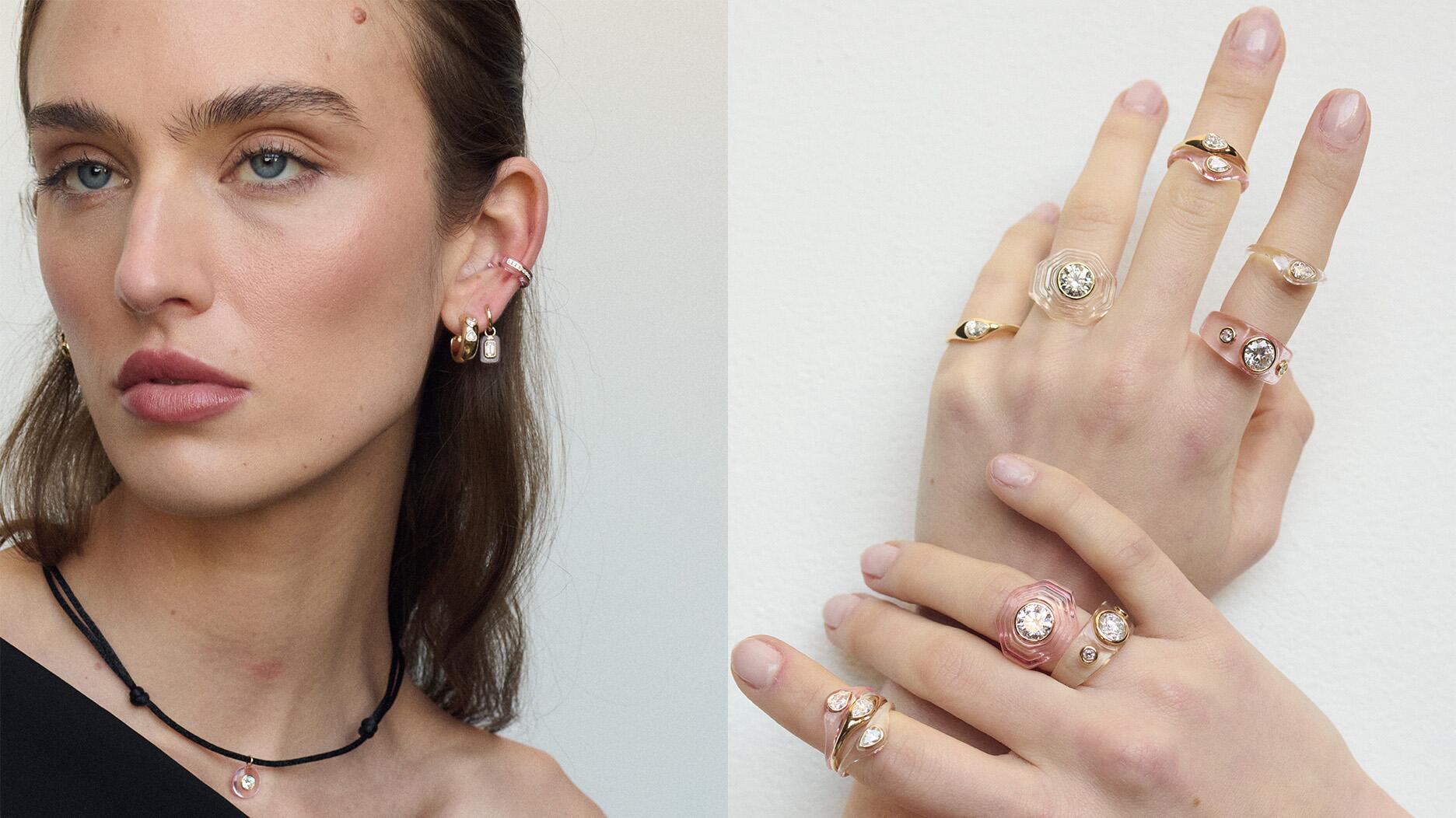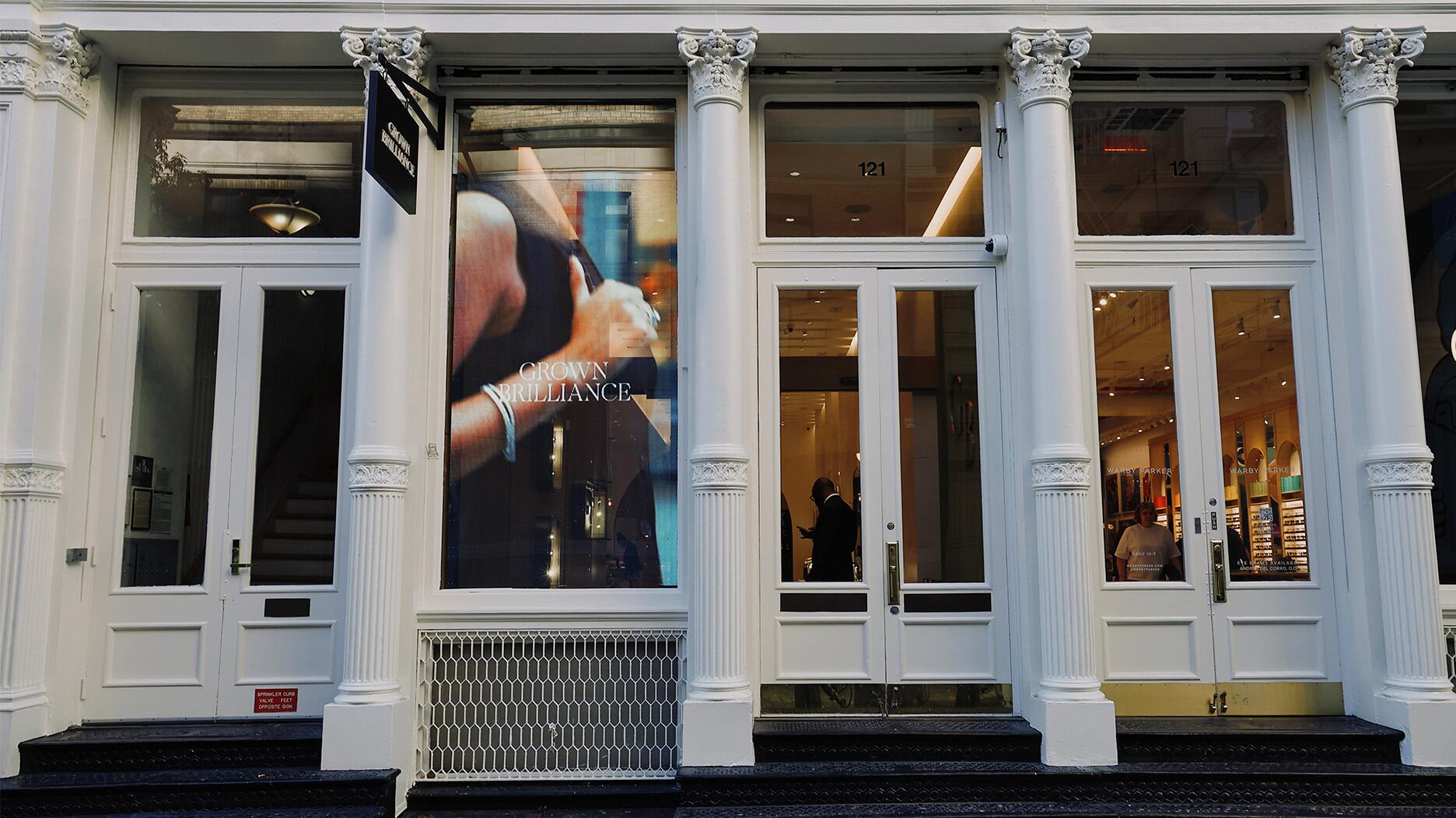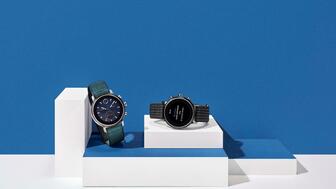During its Q3 call, CEO Efraim Grinberg discussed the deal to lower tariffs on Swiss-made watches, watch market trends, and more.
GIA’s New Reports for Lab-Grown Diamonds Are Out
They include the same color and clarity terminology the lab uses for natural diamonds, a change announced earlier this year.

Branded as LGDR by GIA, the lab has created a total of four reports for lab-grown diamonds, two for colorless or near-colorless stones and two for colored diamonds.
The reports are digital-only, and each one has a QR code that links to a lab-grown diamond education page on the GIA website.
There is the:
— Laboratory-Grown Diamond Report, which has the 4Cs color and clarity specifications, and plotted clarity and proportions diagrams; it is for D-to-Z lab-grown diamonds 0.15 carats and above;
—Laboratory-Grown Diamond Report-Dossier, a less expensive version of the full report that does not include the plotted clarity diagram; it is for D to Z lab-grown diamonds between 0.15 and 1.99 carats;
—Laboratory-Grown Colored Diamond Report, which has GIA color and clarity specifications, and plotted clarity and proportions diagrams; it is for colored lab-grown diamonds 0.15 carats and above; and
—Laboratory-Grown Colored Diamond Report-Color Identification, a less expensive version of the above that includes color specifications only.
All four reports state which process was used to grow the diamond—chemical vapor deposition (CVD) or high pressure, high temperature (HPHT)—and whether the stone might have been treated post-growth to improve the color.
GIA started grading lab-grown diamonds in 2007 but, up until this year, had treated the stones differently than natural diamonds.
On its Synthetic Diamond Grading Reports, the lab did not give specific color or clarity grades for lab-grown diamonds, describing them instead as colorless (D-E-F range diamonds) or near colorless (G-H-I range) and applying only four clarity grades—VVS, VS, SI or I—instead of the 11 used for natural diamonds.
It did this, it said, because lab-grown diamonds are created, and usually treated, to have the highest color and clarity possible and thereby don’t exhibit the same range as natural diamonds.
GIA tweaked the reports last year, saying it would drop the word “synthetic” in keeping with the latest FTC guidance, before changing its stance again this year.
The lab announced in August it would begin using specific color and clarity grades for lab-grown diamonds, though it noted in the news release on the reports that using the same terminology for both “does not correlate to nature’s continuum of rarity.”
All lab-grown diamonds GIA grades are laser-inscribed with a report number and the words “Laboratory-Grown.” Diamonds already inscribed with the terms “laboratory-grown,” “laboratory-created,” “man-made,” “synthetic” or “[manufacturer name]-created” get only a report number.
GIA’s lab-grown diamond grading reports cost the same as their natural report equivalents, though they have a distinctive look by design.
The lab has its report prices listed on its website.
The Latest
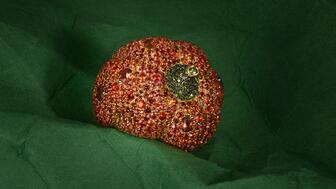
Rosior’s high jewelry cocktail ring with orange sapphires and green diamonds is the perfect Thanksgiving accessory.

The “Embrace Your True Colors” campaign features jewels with a vibrant color palette and poetry by Grammy-nominated artist Aja Monet.

How Jewelers of America’s 20 Under 40 are leading to ensure a brighter future for the jewelry industry.
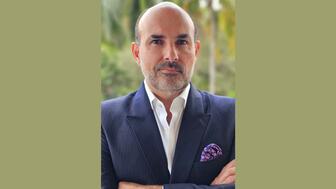
Luxury veteran Alejandro Cuellar has stepped into the role at the Italian fine jewelry brand.

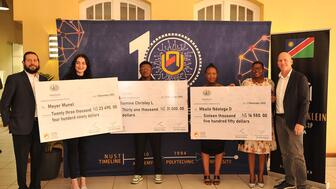
The company gave awards to four students at the Namibia University of Science & Technology, including one who is a Grandview Klein employee.

She is remembered as an artist who loved her craft and was devoted to her faith, her friends, and her family.

Roseco’s 704-page catalog showcases new lab-grown diamonds, findings, tools & more—available in print or interactive digital editions.
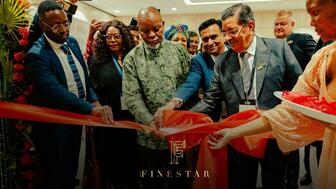
It joins the company’s other manufacturing facilities globally, including in India, Botswana, and Namibia.
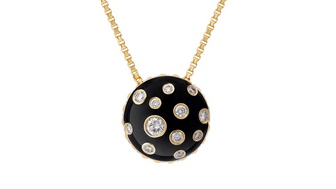
The polka dot pattern transcends time and has re-emerged as a trend in jewelry through round-shaped gemstones.

Vanessa Hickman, 49, allegedly sold a diamond bracelet that was mistakenly sent to her home.
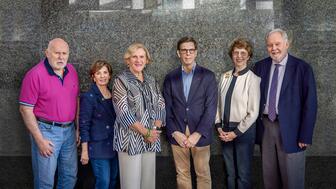
GIA’s former president and CEO was presented with the Richard T. Liddicoat Award for Distinguished Achievement.

Social media experts spoke about protecting brand reputation through behaving mindfully online.

In 2026, the three will come together as “House of Brands,” with Gallet sold in Breitling stores and Universal Genève sold separately.
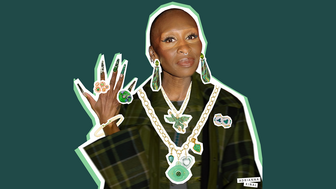
The second drop, which includes more Elphaba-inspired pieces from additional designers, will continue to benefit nonprofit Dreams of Hope.
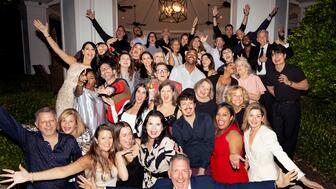
Second-generation jeweler Sean Dunn has taken on the role.

Amber Pepper’s main focus will be on digital innovation and engaging younger consumers.
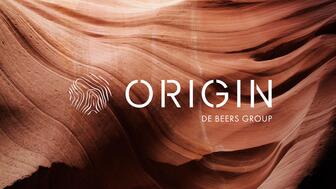
Called “Origin by De Beers Group,” the loose, polished diamonds are being sold in a total of 30 stores in the United States and Canada.
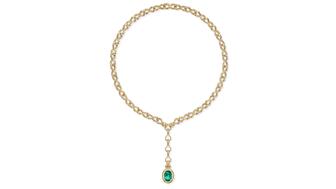
The lariat necklace features a 4.88-carat oval-cut Zambian emerald in 18-karat yellow gold.
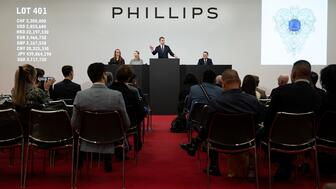
A 43-carat sapphire brooch from the Vanderbilt collection was the top lot of the Geneva sale.
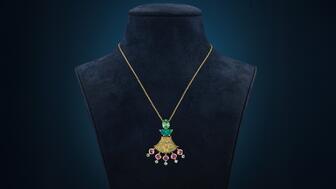
Rau is a fourth-generation art and antique dealer from M.S. Rau gallery whose first jewelry collection merges artifacts with modern design.

Former De Beers sustainability leader Purvi Shah will take over the role in February 2026.
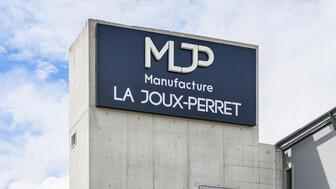
La Joux-Perret is based in La Chaux-de-Fonds, Switzerland, and makes solar quartz as well as mechanical watch movements.

She previously taught at Gem-A and is the founder of The Gem Academy.
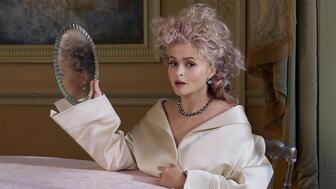
The British actress and her daughter modeled pieces from the brand’s new “Palette” capsule for its “Once Upon a Time” holiday campaign.

Plus, the tech giant shares the steps retailers should take if they believe they’re a victim of a review extortion scam.
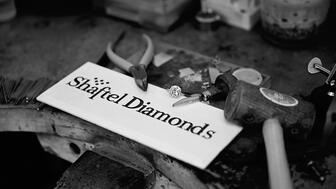
Danny and Gaby Shaftel are now Shaftel Diamonds’ CEO and chief operating officer, respectively.











